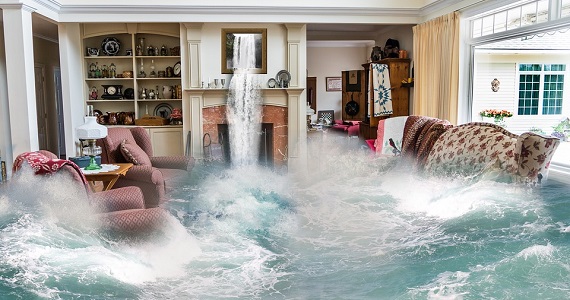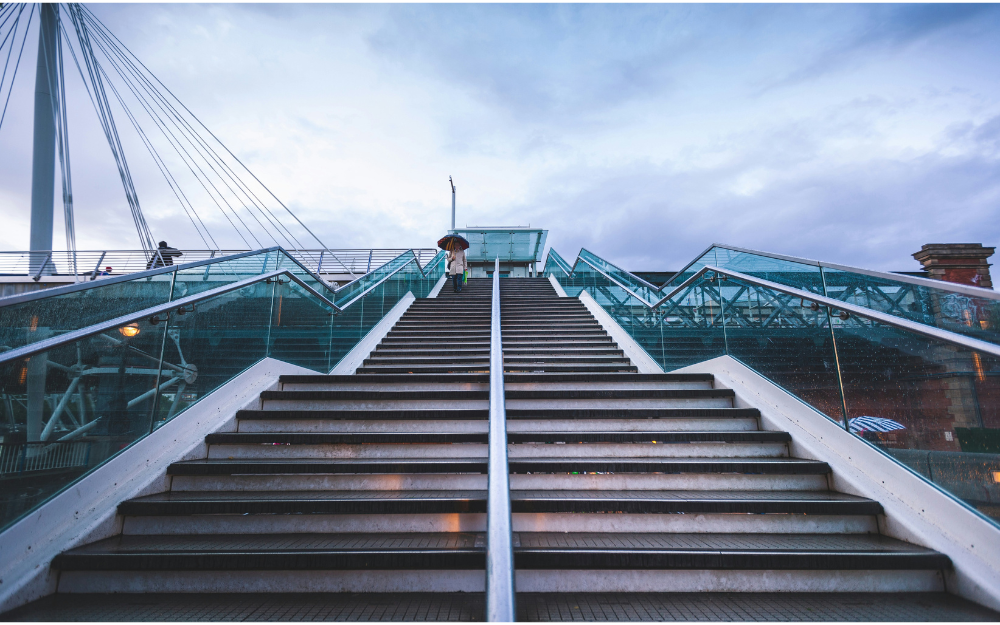Public liability insurance is one of the most important business insurances in Australia. It can cover legal costs and compensation for damages caused by your business operations.
For example, a water pipe you installed leaks and damages your client’s property. Or an expensive artefact is damaged by your contractor while painting a client’s home. Or a customer hurts themselves at your cafe simply by falling on your slippery floor, or from your “faulty” chair.

Public liability insurance provides protection against claims of third-party injury and property damage caused by your business operations.
Jane Betschel, Head of Marketing for MYOB joins Flying Solo editor Lucy Kippist to discuss a range of digital marketing strategies to support small businesses post COVID.
Small Business lifestyle · 227. 5 effective digital marketing strategies for the post COVID world
Understanding the Cost of Public Liability Insurance
While public liability insurance is essential for all business types, it is important to understand how its cost is evaluated.
This is because the cost of public liability insurance varies based on coverage and insurer. There can be a difference of a few hundred dollars or even a few hundred thousand. How much you have to pay is determined by several factors.
Here we will walk through the factors that affect the cost of public liability insurance.
-
Business Type
The type of business is a crucial factor in determining the cost of public liability.
An insurer analyzes how much risk is involved in your business operations. For example, trades such as plumbers and electricians typically have more public liability risk than a home or office-based business. That is why generally their premiums are costlier.
Cafes and restaurants also pose a high liability risk due to a combination of large amounts of people passing through the doors each day, and a high number of things that can go wrong in the hospitality industry which lead to a claim. For example, food poisoning, slips and falls and consumption of hot liquids.
However, an office-based business, such as a marketing agency or consulting firm, is likely to be considered less risky from a public liability perspective due to the relatively low amount of third party traffic moving across their premises, and less risky physical business activities.
-
The Size of Your Business
The size of a business is also a factor in determining the cost of public liability insurance. Typically, a company with more staff or higher revenue is likely to claim more often. Some insurance companies check the business size by staff numbers, some measure annual turnover and many consider both.
For example, if you employ 10 plumbers who visit multiple properties each day your business is typically considered a higher risk than a similar business employing 2 plumbers.
-
The Location of Your Business
Public liability cost can be influenced by the business location. For example, a business that operates in locations with frequent storms, heavy winds or high crime rates may attract higher public liability costs.
If you operate in areas prone to risks or accidents, or operating activities which are outside of the norm, your cost is likely to be higher. Even worse, it may be difficult to find suitable cover.
Interestingly, the state where your business is located also influences the cost of the cover. This is because each Australian state and territory have different stamp duty imposed on insurance premiums—which can be anywhere from 0% to 11%. Therefore, stamp duty impacts what you pay.
-
The Level of Cover
Public liability cost is also determined by the level of your cover. The good news is that the cost does not typically go up exponentially with the increase in the level of cover. For example, $10 million public liability insurance will not typically cost you double $5 million cover.
To summarize, public liability insurance costs for businesses is influenced by key factors including:
-
industry/occupation
-
business size (turnover and employees)
-
location of premises and business activities
-
level of cover
Source : FlyingSolo August 2020
This article by Romit Malhotra is reproduced with the permission of Flying Solo – Australia’s micro business community. Find out more and join over 100K others https://www.flyingsolo.com.au/join.
Romit Malhotra is the brand representative of Smart Business Insurance, a leading Australian insurance broker. A big foodie, he loves to travel the world. Also, a diligent businessman, Romit likes to pen down his thoughts on related topics whenever he finds some free time.



